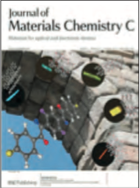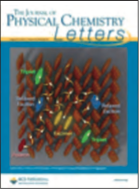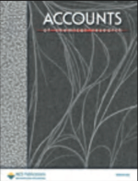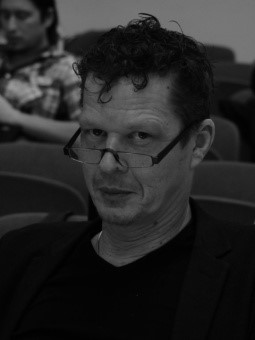Prof. Johannes Gierschner
Johannes Gierschner received his PhD in Phys. Chem. at University of Tübingen (Germany) in 2000. After postdoctoral stays in U. Tübingen, Mons, and GeorgiaTech, he joined IMDEA Nanociencia in 2008 as a Senior Researcher (Ramón y Cajal fellow 2008-13). In 2014, he finalized his habilitation at the University of Tübingen, and holds an Adj. Professorship (Privatdozent) there since then.
His 120 papers (7000 citations, h-index of 43) are dedicated to integrative spectroscopic and computational research on conjugated organic materials for optoelectronics and energy conversion. J.G. has presented his work in 80 orals at international conferences (30 reputably invited) and 80 invited seminars at research institutes.
Dr. Gierschner coordinated several European and national projects. He held a visiting researcher position at the University of Valencia (2008-11) and adjunct professor positions at Seoul National University (SNU; 2014/15) and University of Mons (2014/15). He is currently regular visiting researcher at SNU since 2009, UV (2014-) and UNIST, Ulsan (2016-).
Dr. Gierschner has 20 years experience in teaching and supervision, and organized numerous symposia, schools, and research meetings. He is a peer reviewer for more than 40 ACS, Wiley-VCH, RSC, Elsevier, NPG, AIP and Springer journals, Associate Editor of ‘Frontiers in Chemistry’, board member for ‘Nanospectroscopy’ and of several conference series.
Research Lines
Our work follows an integrative spectroscopic and computational research on different classes of supramolecular conjugated organic materials, relying on long standing collaborations with materials scientists in-house and abroad:
- One-/two component solid state fluorescent and phosphorescent materials.
- All-organic non-fullerene organic solar cells.
- Binary chromophore / carbon allotrope materials.
- Addressable supramolecular host-guest compounds with cooperative optical response.
- Conjugation in oligomeric and polymeric materials.
- Color stabilization in natural compounds.
- Multiresponsive fluorescent bi/tricolor switches based on molecular dyads/triads and mixed co-crystals.
Relevant publications
- Highly efficient organic photocatalysts discovered via a computer-aided-design strategy for visible-light-driven atom transfer radical polymerization. Singh, V.K., Yu, C., Badgujar, S., Kim, Y., Kwon, Y., Kim, D., Lee, J., Akhter, T., Thangavel, G., Park, L.S., Lee, J., Nandajan, P.C., Wannemacher, R., Milián-Medina, B., Lüer, L., Kim, K.S., Gierschner, J., Kwon, M.S. Nature Catalysis (2018) 1 (10), pp. 794-804.
- Light-Harvesting Fluorescent Supramolecular Block Copolymers Based on Cyanostilbene Derivatives and Cucurbit[8]urils in Aqueous Solution. Kim, H.-J., Nandajan, P.C., Gierschner, J., Park, S.Y. Advanced Functional Materials (2018) (2018), 28 (4), art. No. 1705141.
- Organic Single Crystal Lasers - a Materials View. J. Gierschner, S. Varghese, S. Y. Park. Adv. Opt. Mater. 4 (2016) 348–364.
- Stabilizing and Modulating Color by Copigmentation: Insights from Theory and Experiment. Chem. Rev. 116 (2016) in print.
- Computational Engineering of Low Bandgap Copolymers. M. Wykes, B. Milán Medina, J. Gierschner. Front. Chem. 1 (2013) 35.
- Luminescent Distyrylbenzenes: Tailoring Molecular Structure and Crystalline Morphology. J. Mater. Chem. C 1 (2013) 5818.
- Highly Emissive H-Aggregates or Aggregation-Induced Emission Quenching? The Photophysics of All-Trans Para-Distyrylbenzene. J. Gierschner, L. Lüer, B. Milián-Medina, D. Oelkrug, H.-J. Egelhaaf. J. Phys. Chem. Lett. 4 (2013) 2686-2697.
- Directional Exciton Transport in Supramolecular Nanostructured Assemblies. J. Gierschner. Phys. Chem. Chem. Phys. 14 (2012) 13146.
- p-Conjugated Cyanostilbene Derivatives: A Unique Self-Assembly Motif for Molecular Nanostructures with Enhanced Emission and Transport. B.-K. An, J. Gierschner, S. Y. Park. Acc. Chem. Res. 45 (2012) 544.







